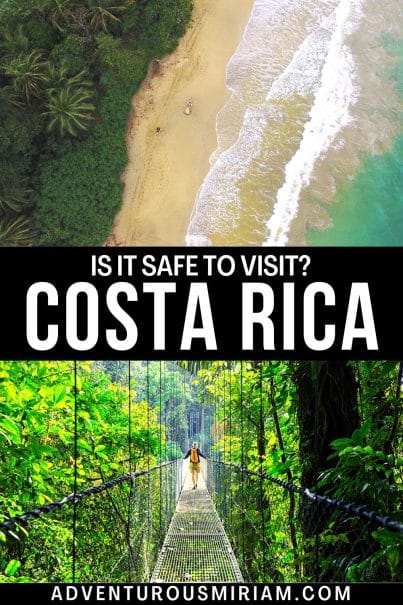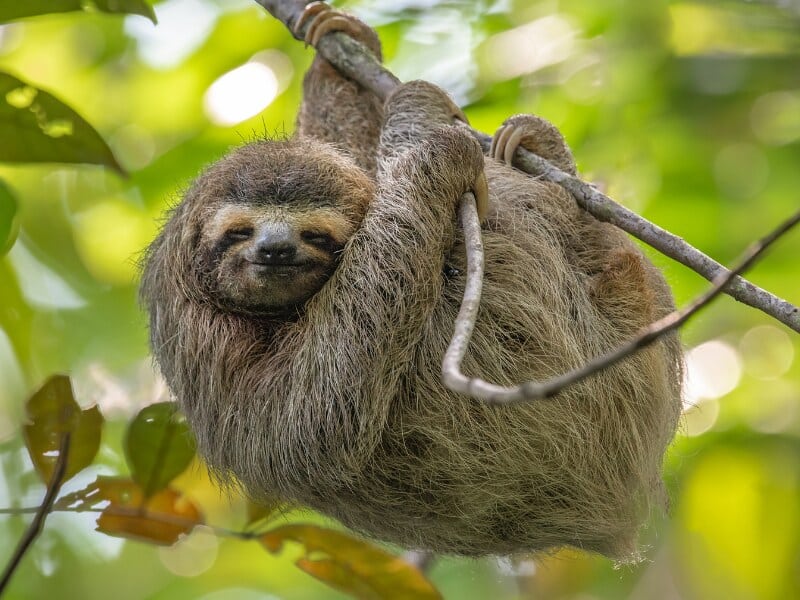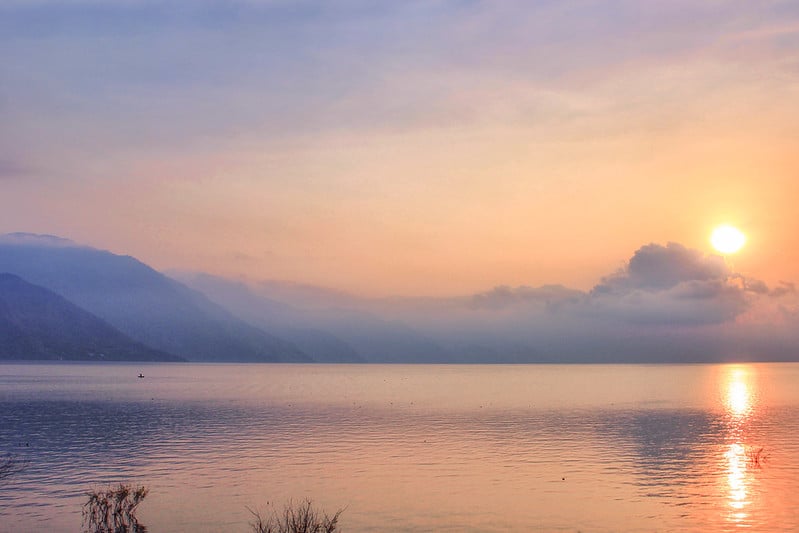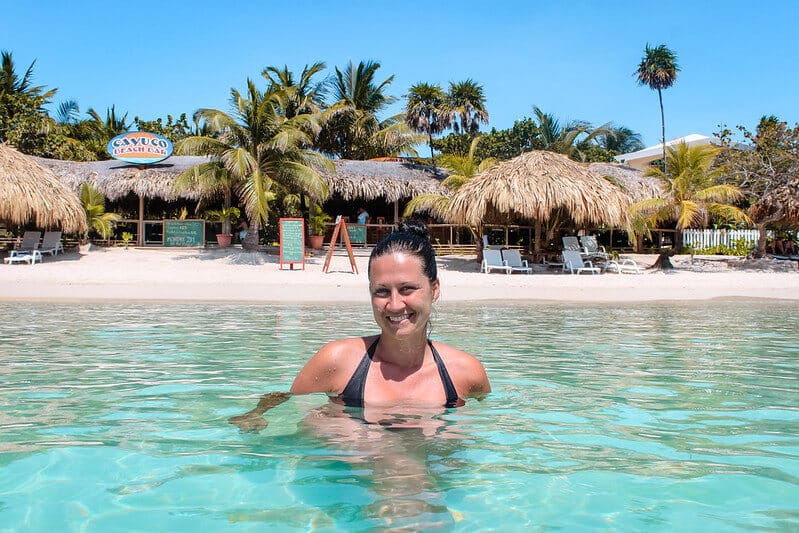Is Costa Rica safe for solo female travelers and families
Heading to Costa Rica and wondering about safety?
As a solo traveler and mom, I understand your concern. I always research the countries I visit, and safety is at the top of my list.
📌 The good news is that Costa Rica is ranked the safest destination in Latin America by The Global Peace Index – we’ll get to that in a minute.
In this post, I’ll cover safety for solo female travelers and families: from how to safeguard your possessions to navigating the country with confidence. I’ll also share some practical advice to help you avoid common issues.
So, let’s take a look at how to stay safe in Costa Rica and make sure your trip is as stress-free as possible.
This post contains referral links for products I love. Adventurous Miriam earns a small commission at no extra cost to you if you purchase through my links. I appreciate your support ♡ Learn more
Is Costa Rica safe right now?
When considering a trip to Costa Rica, you’ll want to look at the current safety standards. It’s a country known for stunning landscapes and a friendly vibe, but like any tourist destination, it comes with its own set of risks.
Crime in Costa Rica
In 2023, Costa Rica was ranked as the most peaceful country in Latin America and the Caribbean, and 39th globally by The Global Peace Index.
This recognition was based on factors like homicide rates, terrorism impact, military personnel numbers, relations with neighbors, violent crime, and weapon accessibility.
In 2022, Costa Rica’s homicide rate increased to 12.6 per 100,000 people, up from the previous year. According to Reuters, this rise is partly due to a surge in gang-related violence and drug trafficking.
However, the increased homicide rate in Costa Rica mainly impacts specific areas, and since it’s linked to gang and drug trafficking conflicts, it generally doesn’t involve tourists.
When compared to neighboring countries, Costa Rica’s crime rate is considerably lower, yet petty theft remains the most frequent concern for tourists.
📌 The key takeaway:
Despite a rise in homicide rate due to gang violence and drug trafficking, tourists are usually not affected by this violence. The main crime concern is petty theft.
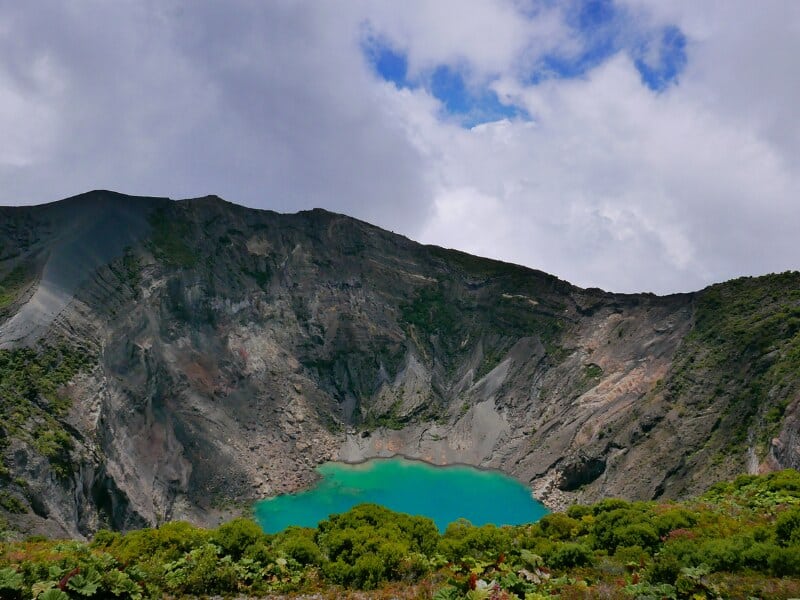
Safety for solo female travelers and families
Is Costa Rica safe for solo female travelers
Traveling alone to Costa Rica is generally safe, but it’s smart to follow a few safety tips.
Don’t walk on the beaches at night, avoid driving by yourself after dark, don’t drink yourself senseless when you’re alone, and it’s best not to carry too many valuables or wear expensive jewelry.
My best advice as a solo traveler is to keep a low profile. It has always helped me to a safe and enjoyable trip.
Read more: 20 solo female travel safety tips

Is Costa Rica safe for families?
Yes, Costa Rica is safe for families to visit.
Just like traveling anywhere with your family, it’s important to take standard safety precautions: keep an eye on your belongings, watch your kids closely, and stick to reputable areas known for being family-friendly.
Many families travel to Costa Rica and have a great time without any safety issues.
Safest places to visit in Costa Rica
When you’re planning a trip to Costa Rica, prioritizing safety is smart. The destinations below are known for their safety and offer unique experiences.
Arenal Volcano National Park
Arenal Volcano National Park is a secure and stunning area. It’s well-monitored by park officials.
You’ll find a blend of adventure activities and tranquility amidst hot springs and hiking trails.
Monteverde Cloud Forest Reserve
Monteverde Cloud Forest Reserve is a haven for eco-tourists. It has a reputation for being safe, with well-marked trails and guides available – I felt super safe here!
This spot is ideal for immersing yourself in biodiversity without worrying about safety.

Puerto Viejo
For a laid-back atmosphere, head to Puerto Viejo. It’s safer than many other tourist spots, giving you peace of mind as you enjoy the Caribbean vibes and cultural mix.
Tamarindo Beach
Tamarindo Beach is not just for surfers; it’s also one of the safest places in Costa Rica. The town has a friendly, tourist-oriented vibe with a low crime rate.
Drake Bay
Lastly, there’s Drake Bay, known for its safety and remote beauty. Accessible mostly by boat, it offers a tranquil escape with fewer concerns about personal security.
Places to avoid in Costa Rica
In Costa Rica, certain areas require you to be more vigilant due to crime or other safety concerns. These are the places you should avoid:
Limón City
Limón, an important port city, has a vibrant culture but faces challenges with crime. You should be extra cautious here, especially after dark, and keep an eye on your belongings.
Parts of San José
While San José has many safe neighborhoods, it’s wise to stay alert in parts like the central district and some suburban areas.
Street crimes can happen, so watch your surroundings.
Quepos (Gateway to Manuel Antonio)
Quepos is a popular tourist destination and generally safe, but petty theft is common. Secure your valuables and stay attentive, particularly at beaches and when leaving your car.
Certain areas of Puntarenas
In Puntarenas, especially remote areas, you might encounter theft or more serious crimes. Stay in groups if possible and inquire locally about which areas to avoid.
Santa Rosa de Pocosol, San Carlos
This is a less frequently visited region, but when you’re here, exercise caution. Remote locations can pose safety risks, and roads might be challenging, especially during the rainy season.
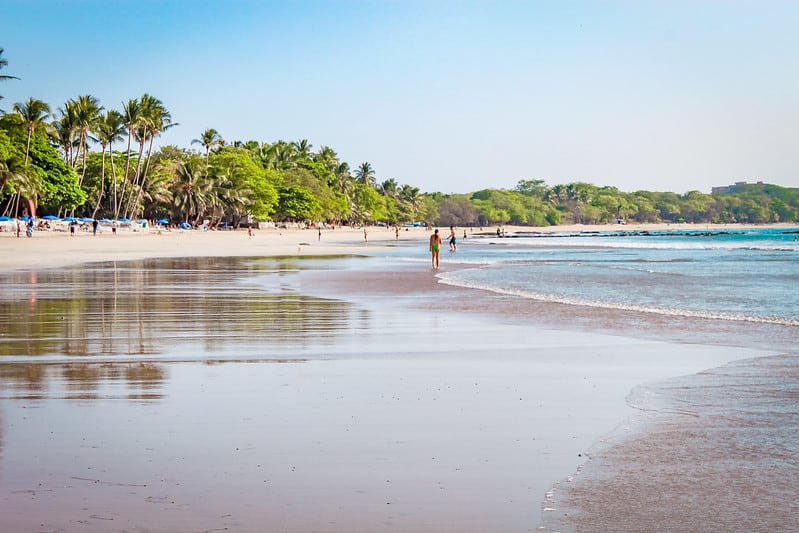
Top 5 dangers to be aware of in Costa Rica
While Costa Rica is a popular travel destination, like anywhere else, it comes with certain dangers you should be aware of.
1. Violent crime: Armed robberies and assaults
Tourists in Costa Rica mainly face petty crime, but violent incidents like armed robbery and assault do happen.
In places like San José and popular beach towns, resisting theft can lead to violence.
So, make sure to stay alert, particularly after dark, stay in busy, well-lit places, avoid solo nighttime walks, and keep car doors locked. Even in areas with more police, always stay cautious.
2. Petty crime: Pickpocketing and bag snatching
Pickpocketing and bag snatching are common in crowded places.
Keep your belongings close, use anti-theft bags, and don’t flash expensive gadgets or jewelry around.
3. Road-based crime: Carjackings and vehicle targeting
Carjackings are a concern, as well as thieves targeting vehicles, particularly rental cars. Always park in secure locations and be cautious if strangers approach you signaling an issue with your vehicle.
Taking unofficial taxis can also lead to trouble. You risk robbery and assault. Only use licensed cabs or trusted ride services – these are usually red with a yellow triangle displaying a registration number.
If in doubt, ask your hotel to book one for you.
4. Scams and fraud: Credit card fraud and counterfeit currency
Be alert for credit card fraud and counterfeit currency.
Use ATMs in secure environments and check bills for authenticity. Be skeptical of too-good-to-be-true offers and double-check your credit card statements regularly.
5. Natural hazards: Wildlife and environmental concerns
Costa Rica’s wildlife is part of its charm but can be dangerous.
Don’t approach animals, and be mindful of environmental risks such as riptides and volcanic eruptions. Pay attention to local advisories and respect nature’s power.
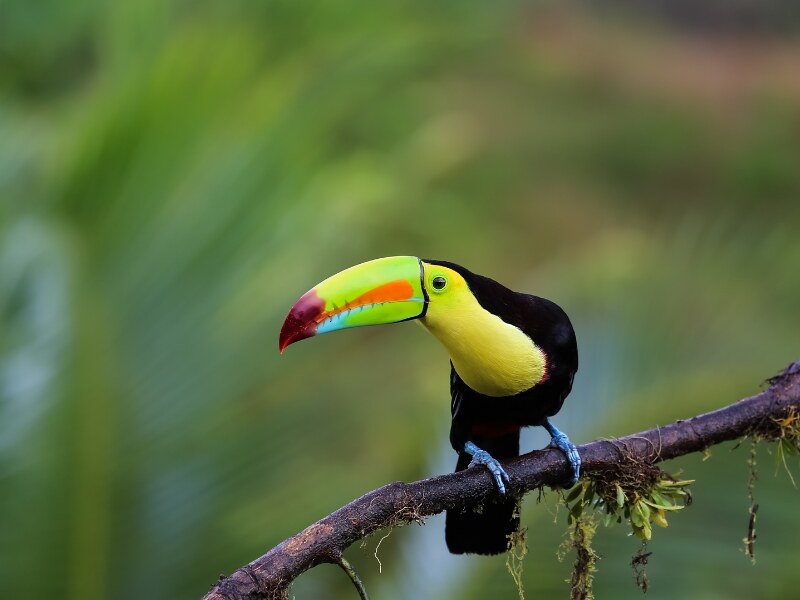
10 safety tips for traveling in Costa Rica
Before jumping into the heart of your Costa Rican adventure, keep these safety tips in mind to ensure a hassle-free journey.
Use only officially registered taxis
Always look for officially registered taxis, recognized by their red color and yellow triangular sticker. Unregistered cabs might overcharge you or compromise your safety.
Be cautious at tourist attractions, resorts, and public transport hubs
These spots can be magnets for petty theft. Keep your belongings close and maintain awareness of your surroundings.
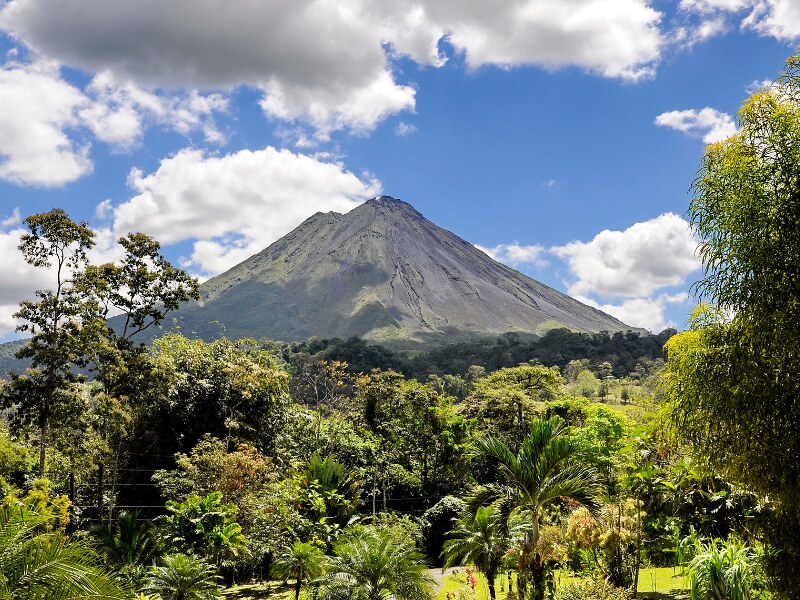
Avoid walking alone at night, especially in San José and other high-risk areas
Stick to well-lit and populated areas if you need to be out after dark. Risky areas have higher chances of crime.
Keep an eye on drinks to avoid drink spiking
Never leave your drink unattended in bars or restaurants to prevent drink spiking. Stay alert and stay safe.
Plan airport transfers during daylight hours
Arrange your travel to and from airports when it’s light outside. It’s easier to find your way and it’s generally safer.
Watch your personal belongings on buses and in public areas
On buses or in crowded places, keep your bags within sight and reach. Theft can happen quickly in these environments.
Avoid camping on beaches for safety reasons
Camping on beaches might sound ideal but it increases the risk of theft or assault. Stick to designated camping areas or hostels.
Monitor your bank accounts for unauthorized transactions
Frequent checks on your bank accounts can catch any unauthorized transactions early. Utilize alerts from your bank for any foreign transactions.
Contact the tourist police in case of emergencies
In emergencies, contact the tourist police who are trained to assist visitors. They are your go-to for prompt help.
Stay updated on local safety
Stay updated with the latest safety advice and local updates to avoid any regions with increased risks. Local news or official tourism sites are good resources.
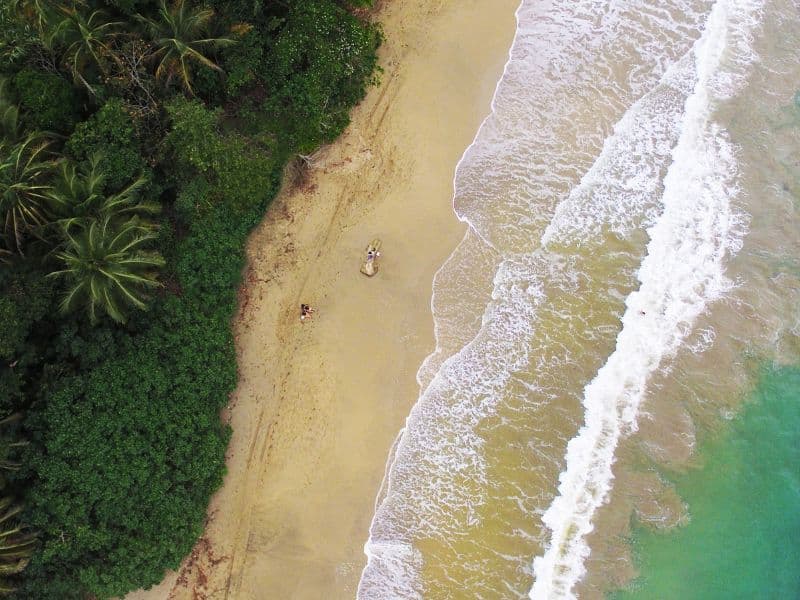
FAQ – Is Costa Rica safe to visit
Is Costa Rica safe for tourists now?
Costa Rica is generally a safe destination for tourists. Like any popular travel spot, it has its share of petty crime, so you’ll want to keep an eye on your belongings and use common sense.
The U.S. Department of State does suggest a bit more caution due to crime, but that doesn’t mean you should be overly worried—just be smart about where you go and what you do.
Is Costa Rica safer than Mexico?
Costa Rica is generally considered safer than Mexico, with lower crime rates and a more stable political environment.
However, it’s always important to stay vigilant and practice common sense safety measures regardless of your destination.
Where is the safest place to visit in Costa Rica?
Some of the safest places to visit in Costa Rica for solo travelers and tourists include Santa Teresa, Nosara, Puerto Viejo, Tamarindo, La Fortuna, and the Nicoya Peninsula.
These areas have a relaxed atmosphere and beautiful natural surroundings, making them popular among visitors seeking both safety and a pleasant travel experience.
Is it safe to walk in Costa Rica?
Yes, walking is safe during the day in most areas, especially tourist destinations. Keep your belongings secure and stay alert.
At night, it’s safer to avoid walking and opt for a taxi instead, particularly in cities or secluded areas. Always trust your instincts and stay in well-lit, populated places after dark.
More posts you might like
- The best and worst time to visit Costa Rica
- 3 weeks in Costa Rica itinerary
- How much does a trip to Costa Rica cost?
- 25 unique things to do in Costa Rica on your first visit
- 20 reasons to visit Costa Rica
Save it!
